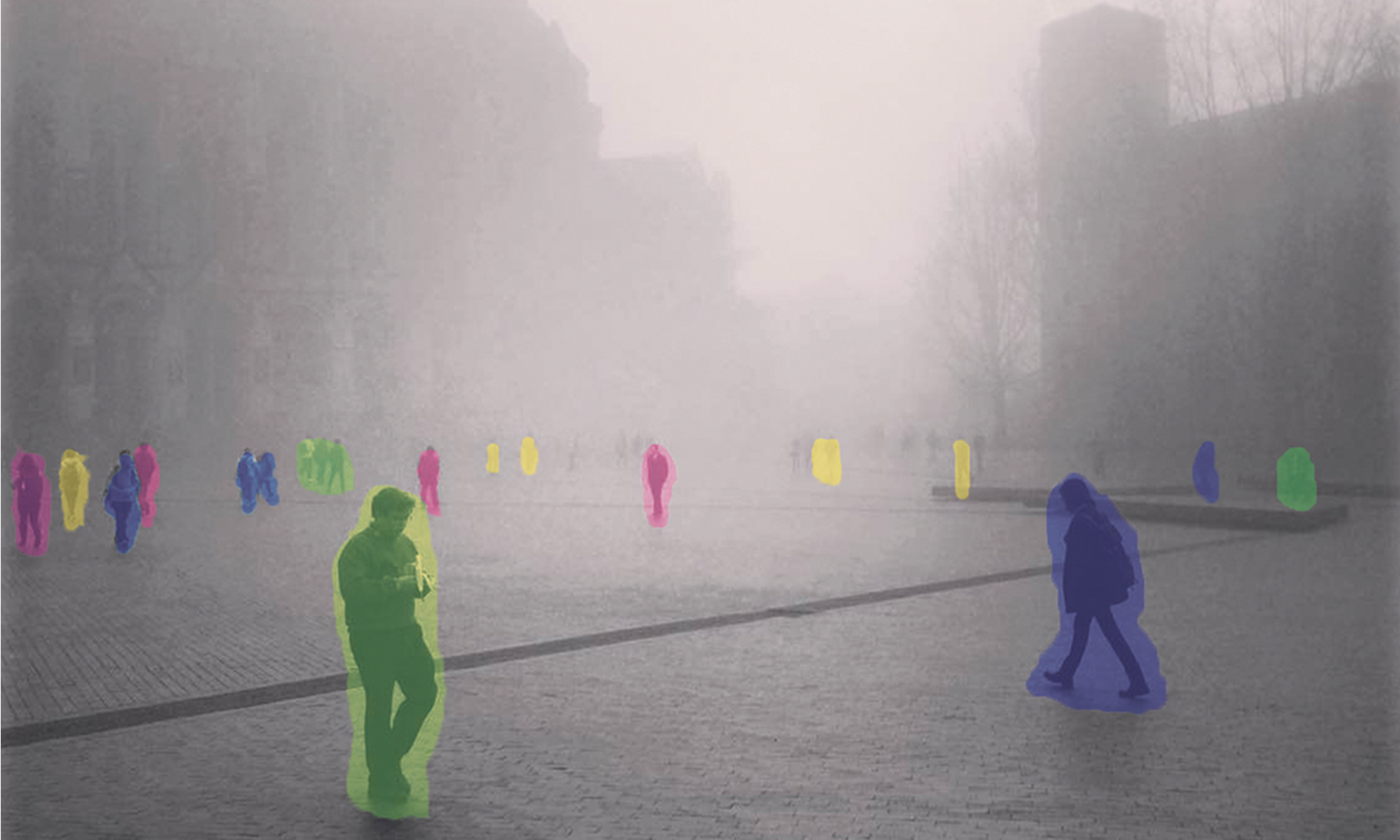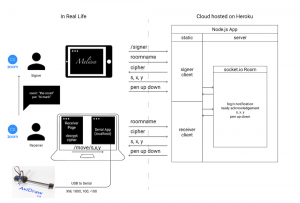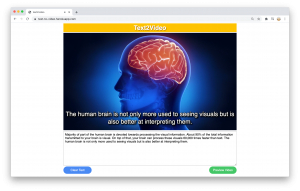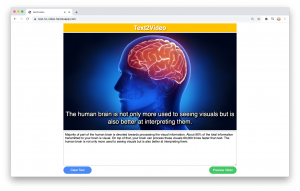Control your room and computer with a sensor so intuitive, you can use it in your sleep!
Sean Zhu
Description
Control your room and computer with a sensor so intuitive, you can use it in your sleep!
WallTap is a wired capacitive touch sensor that is easily mountable on any wall, or any other fixed surface. It has a huge surface area gives the user a very easy-to-reach control that can be programmed to do anything they want, and is something that they can activate without looking at a display — or at anything at all!
The current prototype must be attached to a computer and all touch actions must be initiated from the computer. The eventual goal would be for the device to be able flip switches, and to communicate with smart home devices. But even with the current limitations, WallTap has completely changed my bedtime experience, allowing me to control my music and turn off my “lights” without getting up, or worse, starting at a brightly-lit display.
WallTap has a secondary goal. The modern concept of smart home devices has become entangled with the concepts of luxurious pricing, wireless connectivity, and online accounts. With WallTap we attempt to buck these trends by creating “dumb smart home device” that is just as functional, without concerns of price, interference, or privacy.






